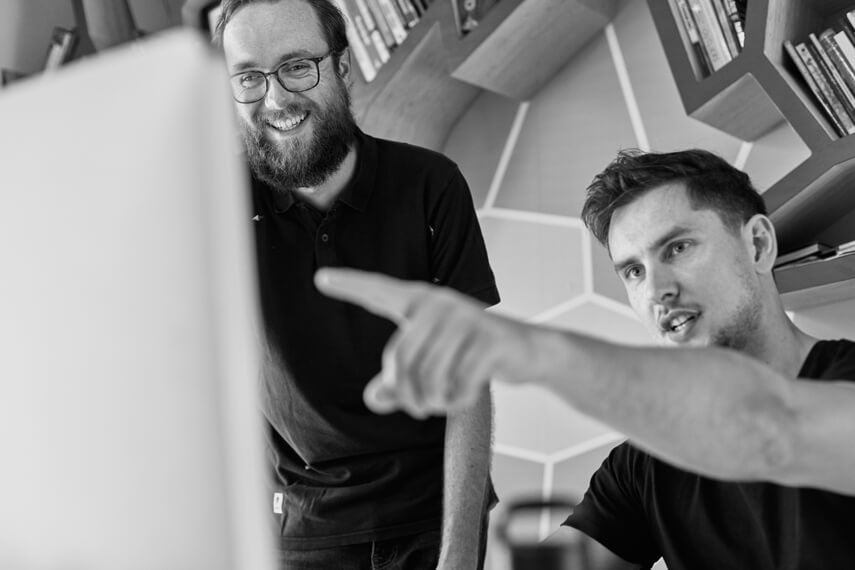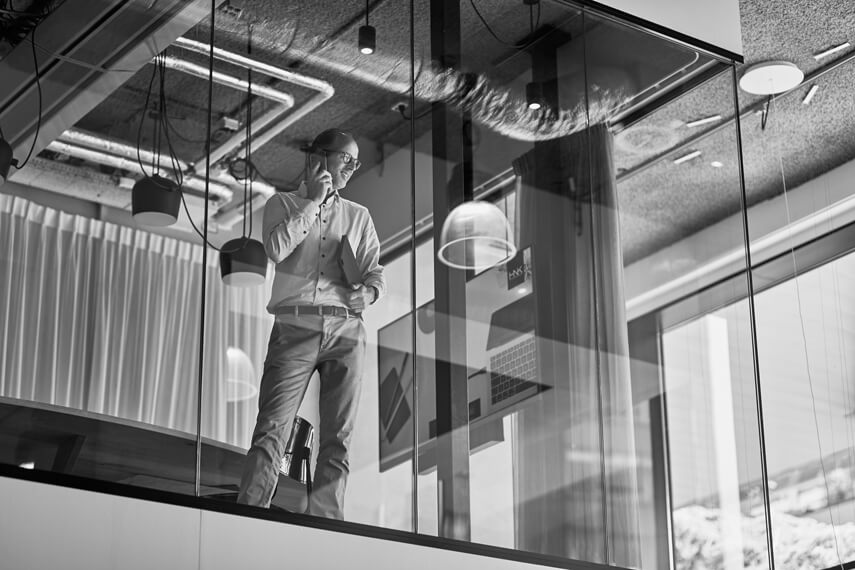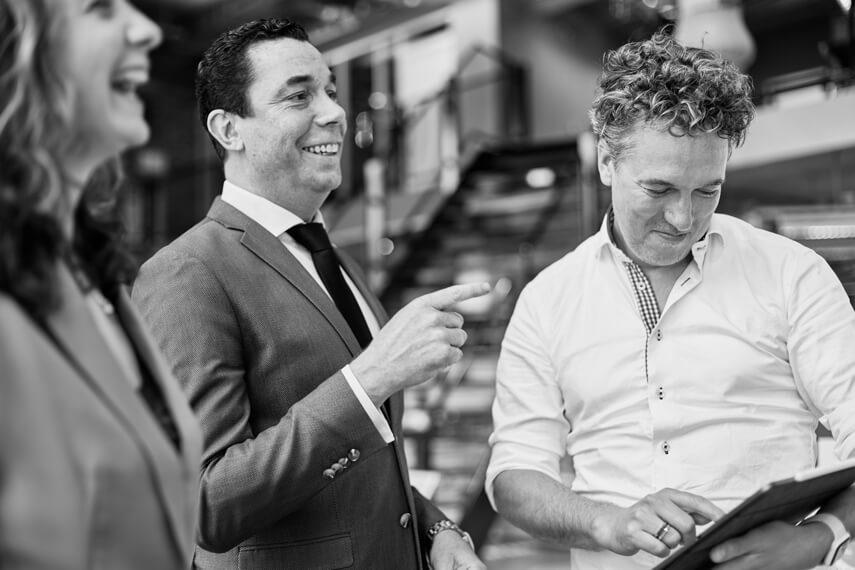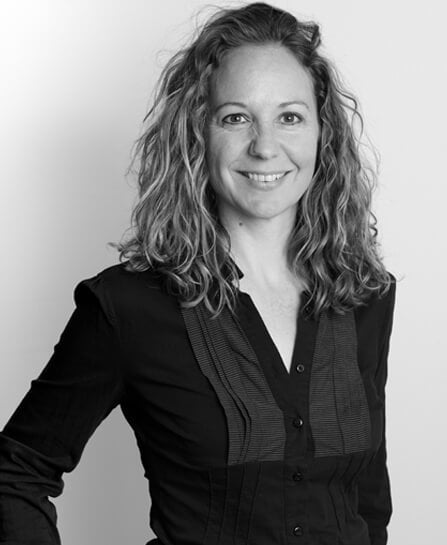When we think of products for people with disabilities, most people think of wheelchair-accessible buildings, mobility aids such as Braille paths for the visually impaired and blind, or tools for making everyday objects usable for people with disabilities. When we look at these examples, we see that they were designed for people with permanent disabilities. But what we rarely stop to think about is that we are all less capable at times and for this reason may experience similar problems.
Three types of disability
When designing for people with disabilities, the focus is really always on those who are permanently disabled. That's where the term Accessibility often comes in. In designing for inclusion, however, we distinguish 2 more types of disability. These three types are:
- Permanent disability; a disability status that will not change. For example, being deaf or blind, having type 1 diabetes or missing a body part. This is a disability that a person must learn to live with. Like Peter, who, due to a birth defect, has only one arm that he can use.
- Temporary disability; a disability that is temporary in nature. This may last for a number of days, weeks or months. Think for example of an accident that causes someone to experience temporary memory issues, or a skiing accident where someone is unable to walk on their own for some time. Thijs has such a temporary disability: after a fall during a sports activity, he had to put his arm in a plaster cast for six weeks and only had one arm that he could use.
- Situational; a limitation that only occurs in certain situations. For example, being less able to understand a conversation because you are in a noisy pub, or not being able to recognise someone's face properly because you are looking into the sun. Simon has such a situational limitation: he recently became a father, so he has his child in his arm several times a day. This means that he can only use one arm during those times.
The above examples show that all three men have only one arm that they can use. Although for Peter it is permanent, it is temporary for Thijs and situational for Simon. With this as a starting point, a solution can be sought that will benefit all three of them.
What is actually the difference between accessibility, usability and inclusion?
Inclusive design is nicer for everyone
If we design a product or service specifically for the permanently disabled group, you are speaking to that target group in particular. There is nothing wrong with that at all, as that is how this target group has their needs met. However, it is better when we can expand the group of people who will benefit from the solution. What if we designed something that people with temporary or situational disabilities could also use? Simon has no use for an arm prosthesis when walking with his child in his arm.
You may have noticed online that the use of video with subtitles is a trend that is currently spreading. Initially, subtitles were used to help understand a video in an unfamiliar language, or to support people with hearing impairments. However, nowadays many videos are subtitled in the same language. You might think that this is unnecessary, but let's look at it from the point of view of the three types of disability.
By subtitling the video in the same language as it is spoken in, the message can be conveyed to people who suffer from permanent hearing loss. For people who are temporarily less capable because of the fact that they cannot hear or cannot hear as well, such as due to an ear infection, subtitles are also now a convenient way to convey a video's message. And finally, situational: you may recognise this yourself. For those people who take a moment at work or in a public space to scroll through LinkedIn, Facebook or the news and don't want to disturb those around them, they watch the video without sound and read the subtitles so that they can still follow the video's content. For those people who do want to watch the video with sound, it is still possible — so it's not stigmatizing.
Using this simple addition, the owner of the video greatly increased the size of the group that they were able to reach. Besides being enjoyable for those who want to follow the video, this is also very smart from a marketing point of view: this way more people can get the message or use the product or service.
Bringing inclusion to the grassroots
At Keen Design, we believe that better solutions emerge by making inclusion the foundation for the design process. One of the ways we do that is by looking at it from the different types of disability, as described above. Ultimately, the goal is to use a solution to best serve the target audience. The more people that solution reaches, the better.
Because really, we are all less capable at times. Think about yourself: perhaps you are not permanently less capable, but have been temporarily or situationally. What sort of obstacles did you run up against?
Want to know more about inclusion, accessibility or usability, or how to design for inclusion?We are happy to help you with this subject.Check out our services here or contact us using the button below and receive the inclusion e-book.





